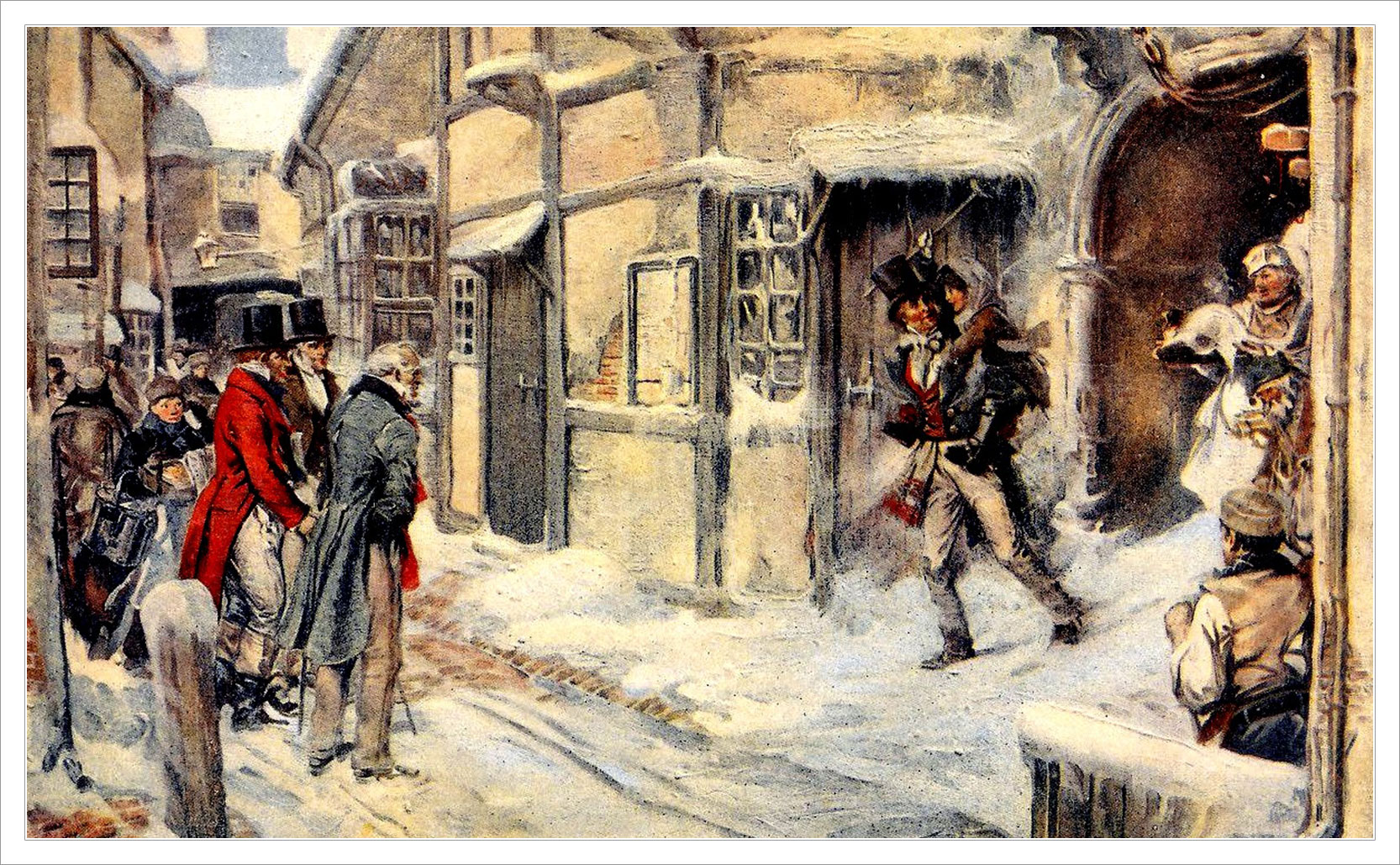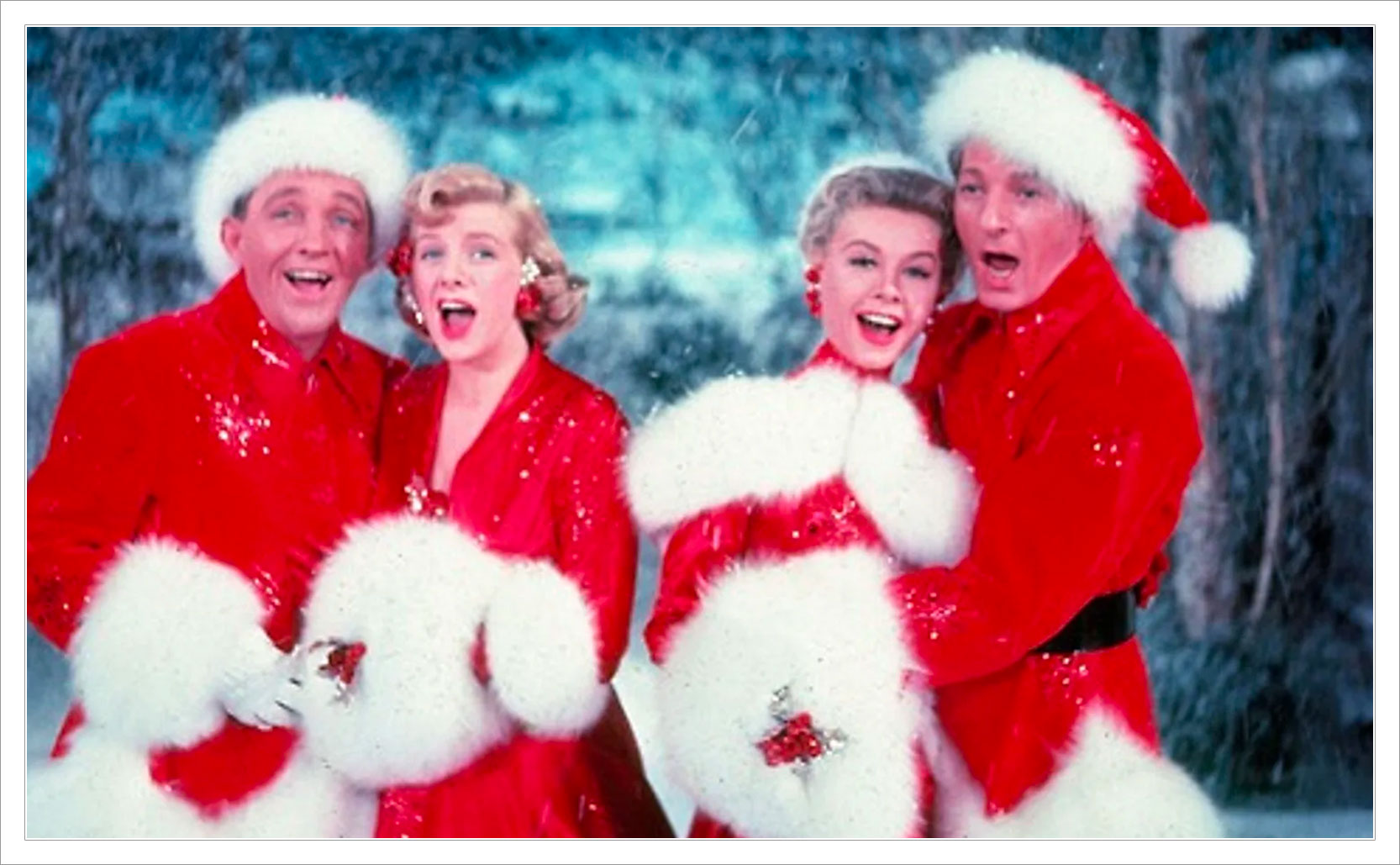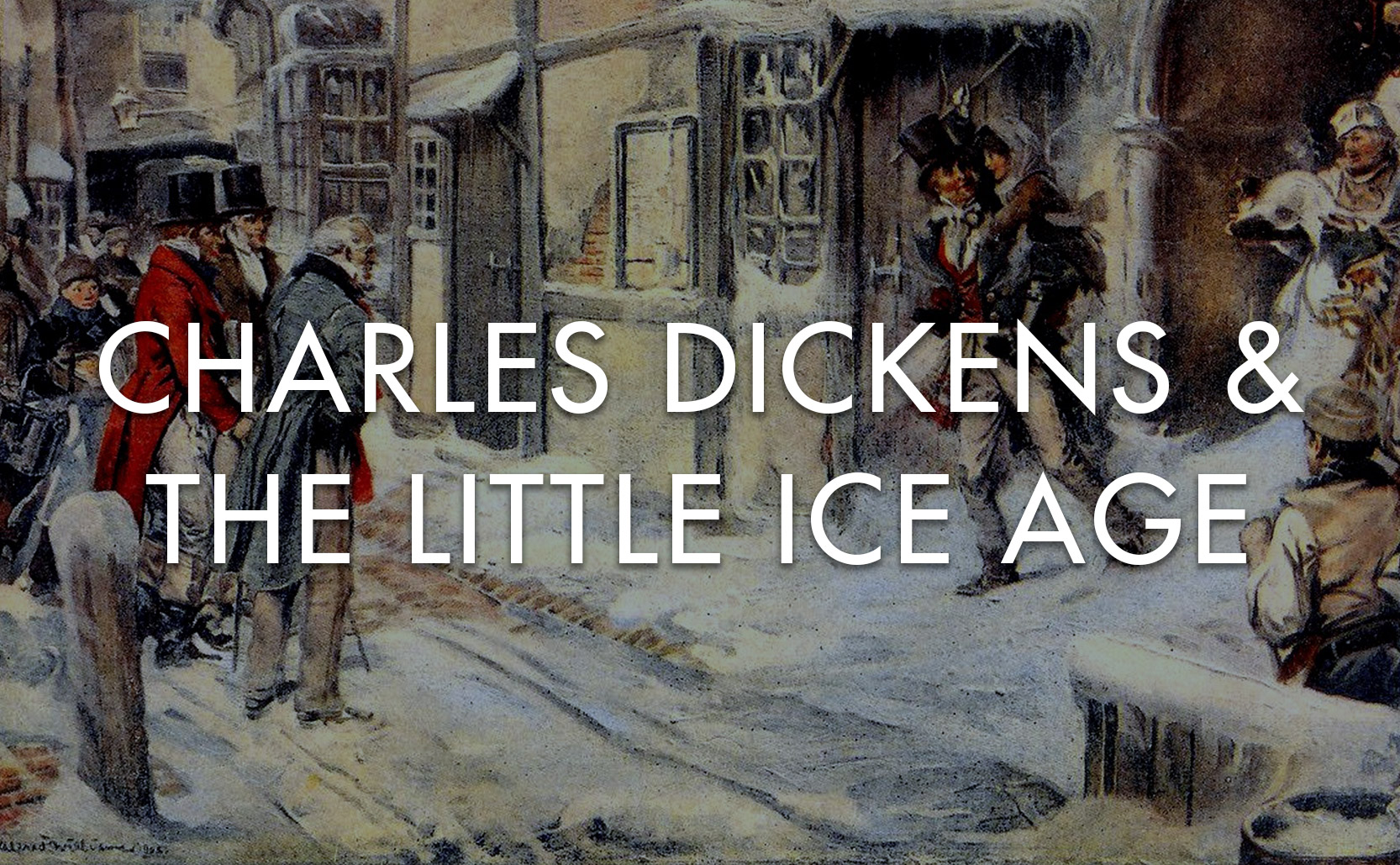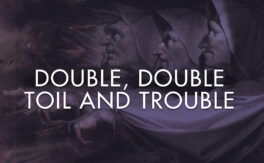Charles Dickens spent most of his life in the “Little Ice Age” where his earliest Christmases were snowy, which influenced later pop culture.
The Little Ice Age was a several hundred year period of unusually cold weather around parts of the Northern Hemisphere. Depending on how you want to define it, the period ran from either the 1300s or 1500s to around 1850. There are various suggested causes for this cold weather, but the result was cooler summers and especially cold winters.
In England the winters could get so cold that the River Thames would freeze. Over the centuries there were 24 times when the river was solid enough to host the River Thames frost fair, a winter celebration on the frozen river complete with vendors, dancing, sports, and more. The last such festival was in 1814 during which they walked an elephant across the frozen river.

Charles Dickens
Born in 1812 in the south of England, Dickens’s family moved to London in 1815. As part of the Little Ice Age, the first 8 Christmases of Dickens’s life were snowy white Christmases. At a developmental stage in his life these white Christmases had a significant influence on Dickens’s idea of what Christmas should be. Dickens included a white Christmas in several stories, the first of which was 1836’s The Pickwick Papers and later, and most famously, in 1843’s A Christmas Carol.
The enormous popularity of A Christmas Carol, and the popularity of Dickens in general, greatly influenced our western cultural idea of what Christmas should be. It helped revive the celebration of Christmas in Britain, which had been on the decline during the Industrial Revolution. Snowy white landscapes, crackling fires, hot meals, mulled wine, mistletoe, wrapped packages, carols & merriment, it all became part of the ideal Christmas.

Our idea of a snowy white Christmas is directly linked to the staying power of Charles Dickens and that, for a young Dickens, Christmas was always white. After the Little Ice Age ended southern England has not see many white Christmases. Today there is around a 9% probability of a white Christmas in London, but the idea of a snowy Christmas persists. The 1942 movie Holiday Inn, which gave us the hit song White Christmas sung by Bing Crosby, only furthered the Dickens idea of a snowy Christmas.





